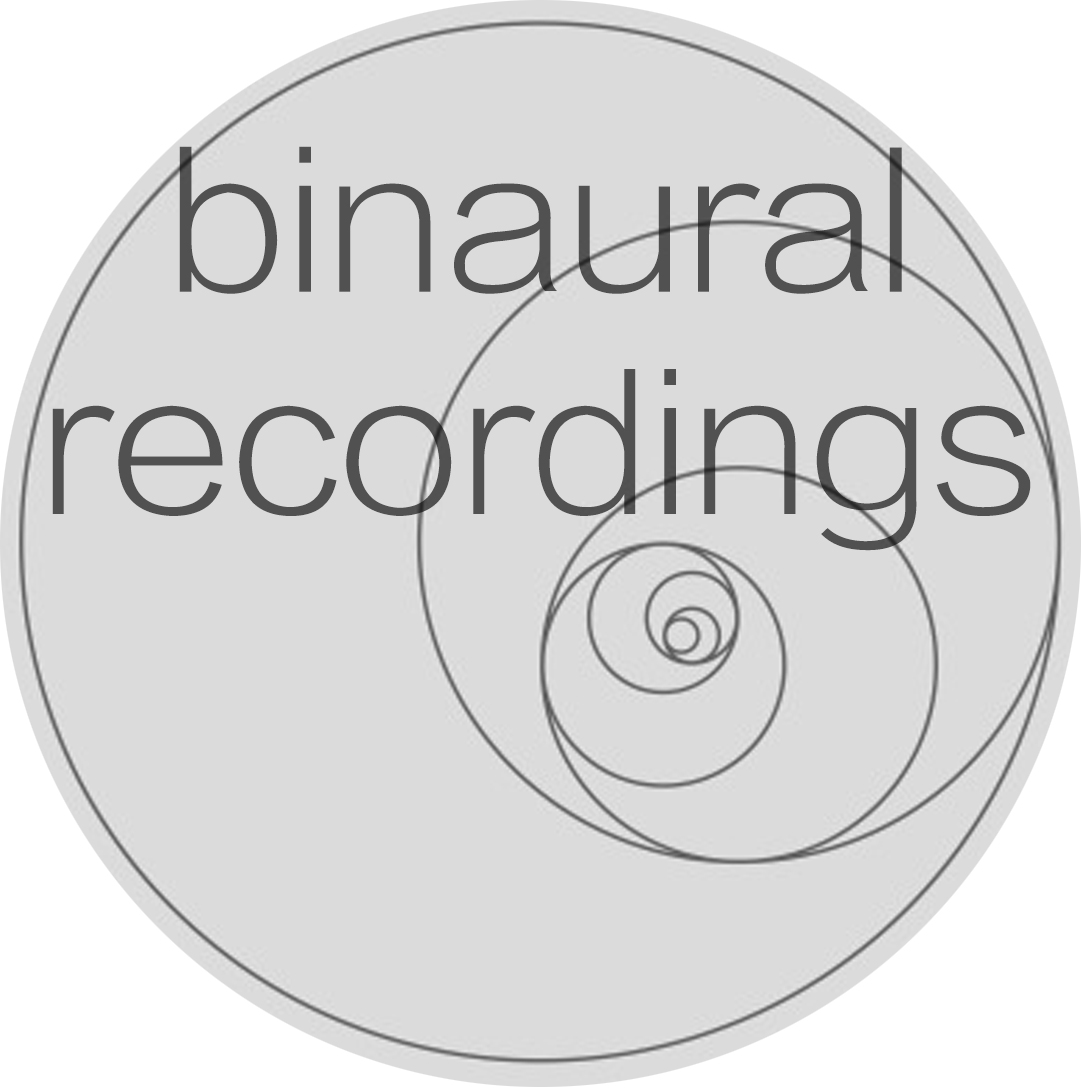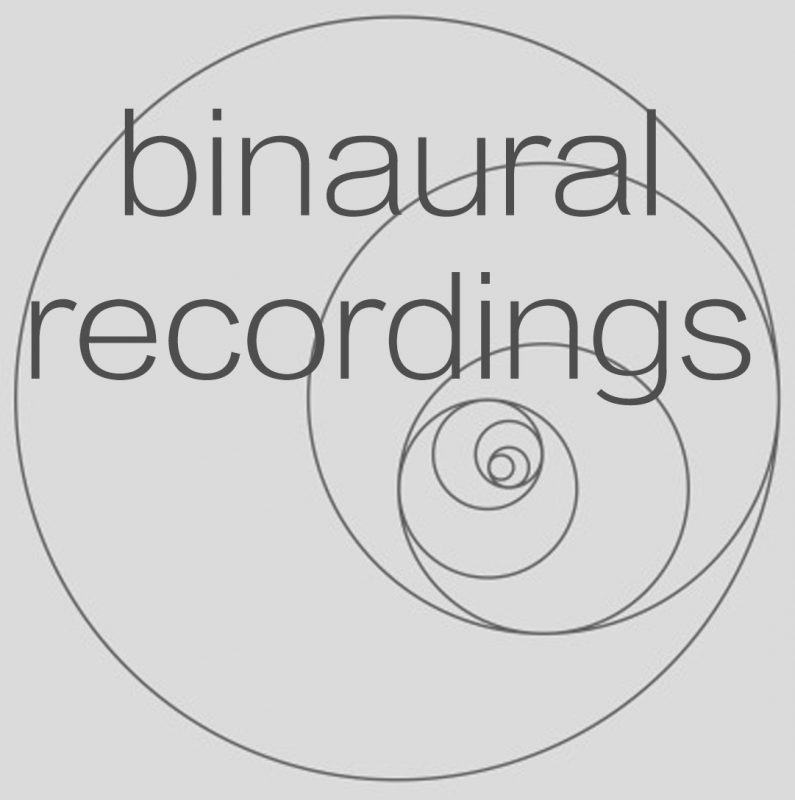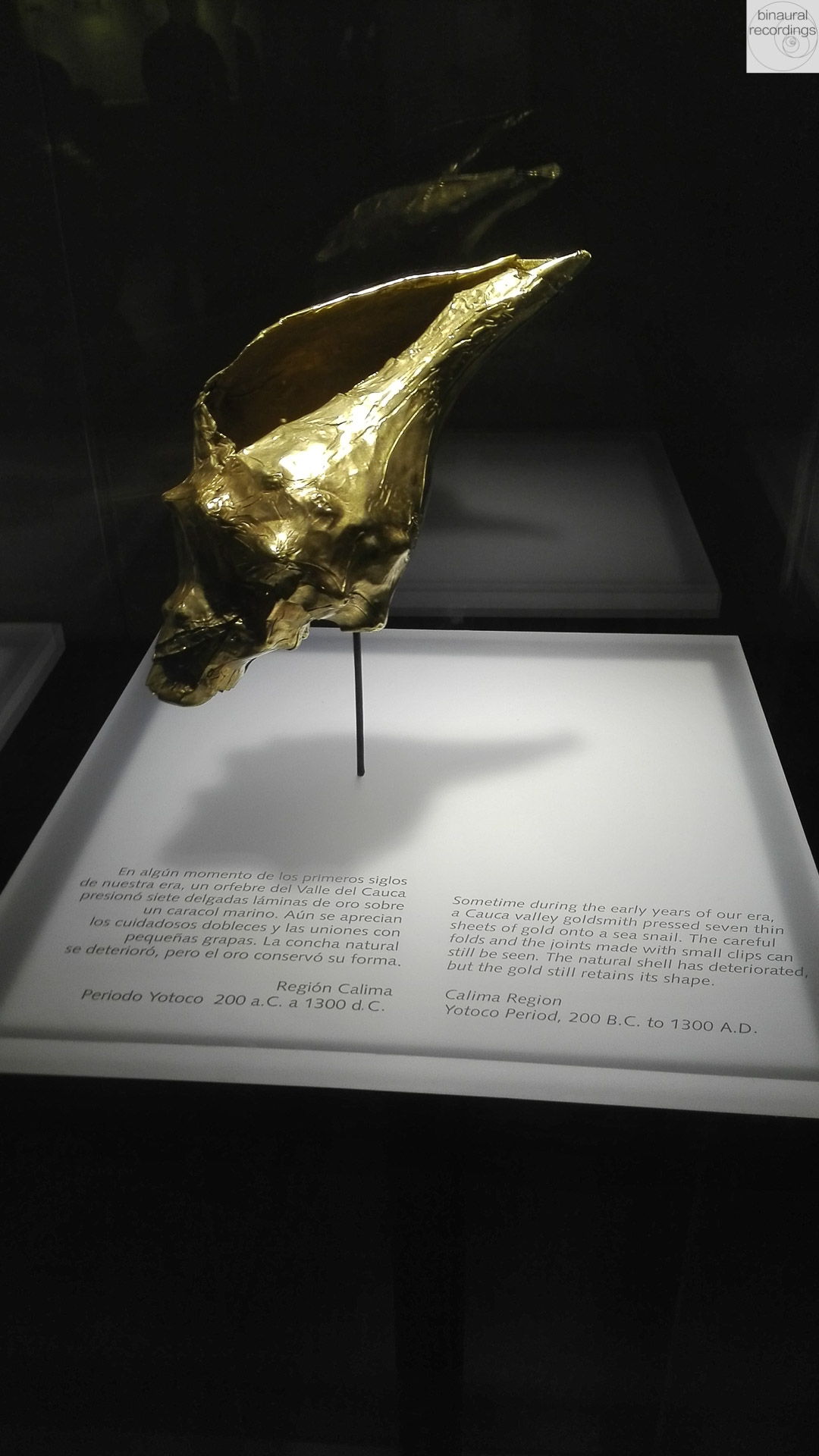This blog is also about listening. So please put on your headphones.
One of the top cities to visit in South Amerika is Bogota.The capital of Colombia Botoga is a colorful, modern city pulsating with life. It all aspects it is a very interesting city with great museums, a huge amount of bars, clubs for every taste, a vivid salsa scene, a crazy live music scene of punk, rock, metal, salsa, cumbia and all kinds of music bands, interesting architecture, and open-minded people.
Museo del Oro
One of my favorite museums in Bogota is the Gold Museum or Museo del Oro. The name of the museum may be misleading since it is not only simply about exhibiting the extraordinary collection of pottery and gold objects but about the context of their creation, the rituals of their use, the craftsmanship, and manufacturing methods of the indigenous people.
All objects have been built before the arrival of the Spaniard Slaughterers, in the Pre-Columbian era and the museum should better be called something like ‘Museum of Ethnology and Metallurgy of the Pre-Columbian indigenous cultures from the perspective of the remaining artifacts’, but nobody would like that.
Even though the collection is huge the objects represent just a tiny part of what is left of these lost cultures since the Spaniards which came later were only interested in melting down everything and ship it back home. They didn’t just eradicate and slaughter millions of peoples but also destroyed the most evidence of the existence of these high cultures.
For the indigenous peoples, gold was endowed with spiritual and symbolic meaning. The shamanic ideology of the living Indians is connecting gold with the sun, and they believe that an exchange of energy occurs among both. They believe that the glitter of gold is more than just a reflection, gold contains fertilizing energy which gets transmitted to humans. Therefore they associate gold with power and light.
These objects have not been found during archeological excavations, they have been removed by tomb looters and found their way to the museum hundreds or thousands of years later, so there is no information about their exact geographical origin or condition. This makes it even more difficult for researchers nowadays to understand them in the context of time and culture who built them, but to my opinion, they have done a great job in the museum to give an insight of the shamanic rituals and culture of the prehistoric Colombian indigenous peoples by building a bridge with the shamanic ideology of present indigenous people and finding correlations in the artifacts.
The jewelry and ceramic works are marvelous and there are plenty of bloggers, travelers who have extensively reviewed, written and photographed the artifacts in a much better way I could. I went to the museum with my audio recorder since I wanted to capture something for you.
The dark room
One of the highlights of the museum is a sound and light installation, which takes place in a circular room of glass cases filled with hundreds of golden objects. The sound installation helps to contextualize the pieces as cultural and spiritual artifacts and was so impressive that I recorded it. I couldn’t find any information about the maker in the net, if you know who did this work please write a comment.
Here is the recording of the sound installation with shaman chanting teleporting us to the mystical world of the lost indigenous tribes of Colombia.
A great book on this subject is
Goldwork and Shamanism: An Iconographic Study of the Gold Museum of the Banco de la Republica, Colombia
by
Parts of it are free readable in Google Books
[responsivevoice_button voice=”UK English Female” buttontext=”Listen to Post”]

